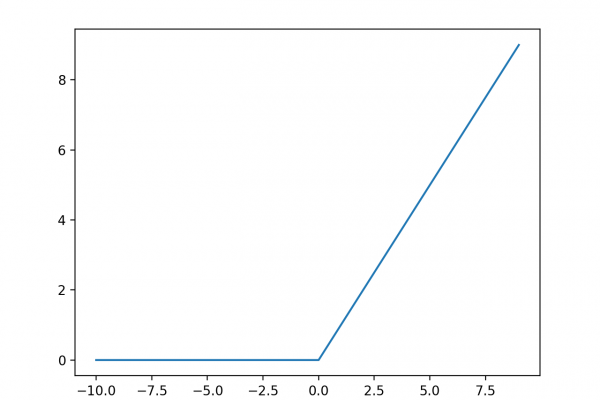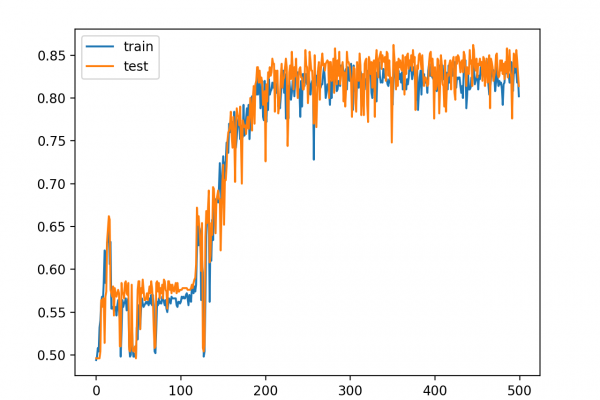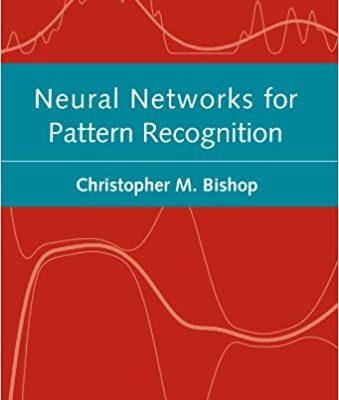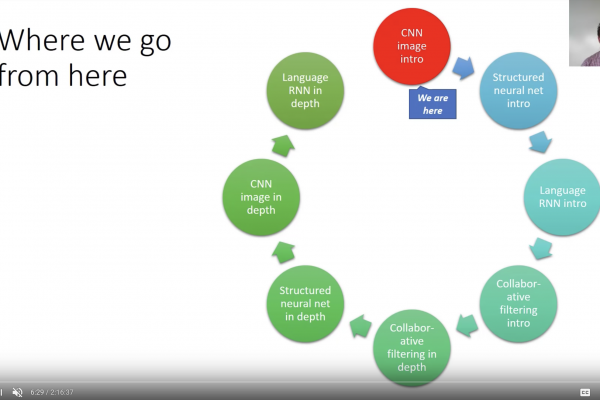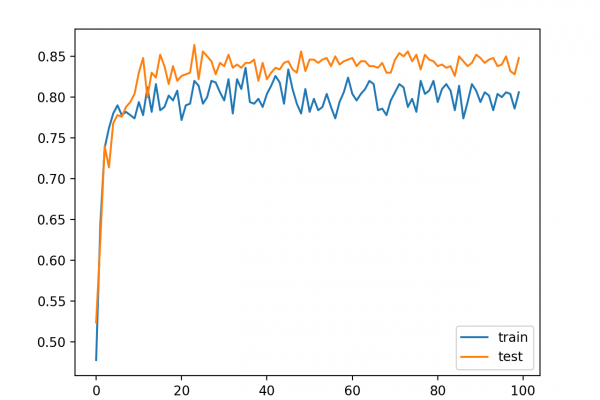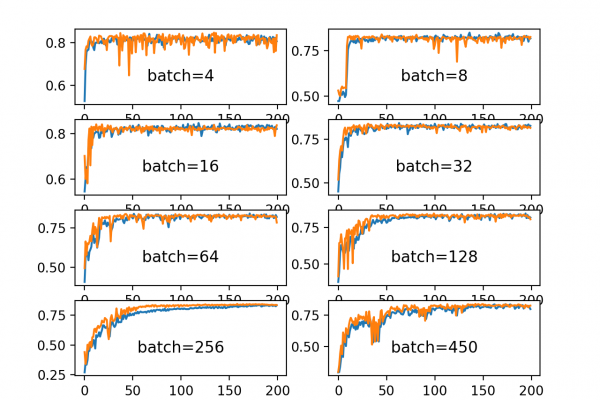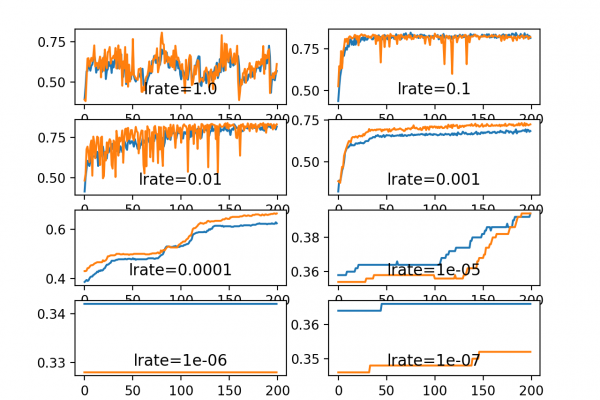A Gentle Introduction to the Rectified Linear Unit (ReLU)
Last Updated on August 20, 2020 In a neural network, the activation function is responsible for transforming the summed weighted input from the node into the activation of the node or output for that input. The rectified linear activation function or ReLU for short is a piecewise linear function that will output the input directly if it is positive, otherwise, it will output zero. It has become the default activation function for many types of neural networks because a model […]
Read more